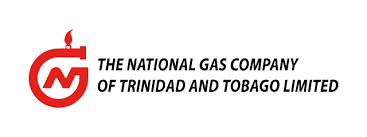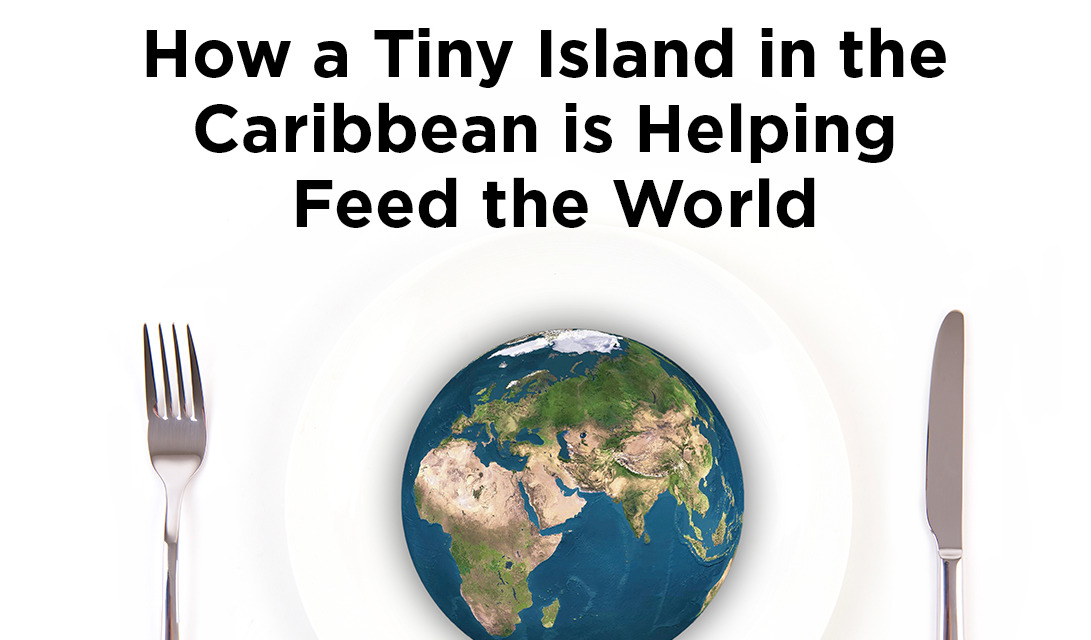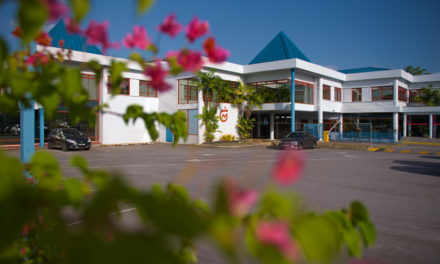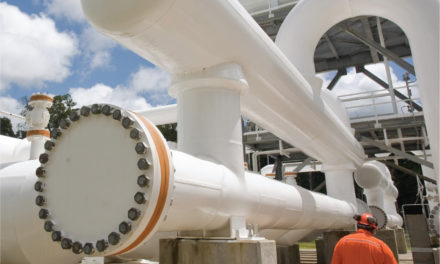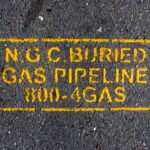Trinidad and Tobago is a small island nation in the Caribbean with a population of 1.5 million. One of its best kept secrets may come as a surprise to many. Despite the diminutive size of the country, it plays a significant role in feeding the ever-growing global population. This is due to its long history and stable position as one of the largest exporters of ammonia in the world.
Ammonia Production Hub
Trinidad and Tobago boasts of having 11 world-scale ammonia production plants, with a collective capacity of 5.2 million tonnes per year. This production capacity places the nation among the top exporters of ammonia globally, competing and holding its own in the ammonia industry with industrial giants such as China, Russia, India, the United States and Saudi Arabia.
Linkages to Fertiliser Production
Ammonia, a compound of nitrogen and hydrogen, serves as a critical raw material in the production of fertilisers. Nitrogenous fertilisers, derived from ammonia, are crucial for enhancing soil fertility and promoting plant growth. Trinidad’s ammonia output plays a pivotal role in the global fertiliser industry, supporting agricultural activities worldwide.
In 2021, Trinidad and Tobago exported $748 million worth of nitrogenous fertilisers, ranking as the 15th largest exporter globally. The main destinations of nitrogenous fertiliser exports from Trinidad and Tobago (2021) were: United States, Colombia, France, Mexico, and the Dominican Republic.
The Global Impact of Nitrogen on Food Security
The invention and widespread use of nitrogenous fertilisers produced from ammonia have played a crucial role in significantly increasing global food production. While it is difficult to pin down exactly how many people are fed as a result of nitrogenous fertilisers, general estimates converge on a figure in the range of 40% to 50% percent of the global population of 1.6 billion in the early 20th century to nearly 7.8 billion today.
